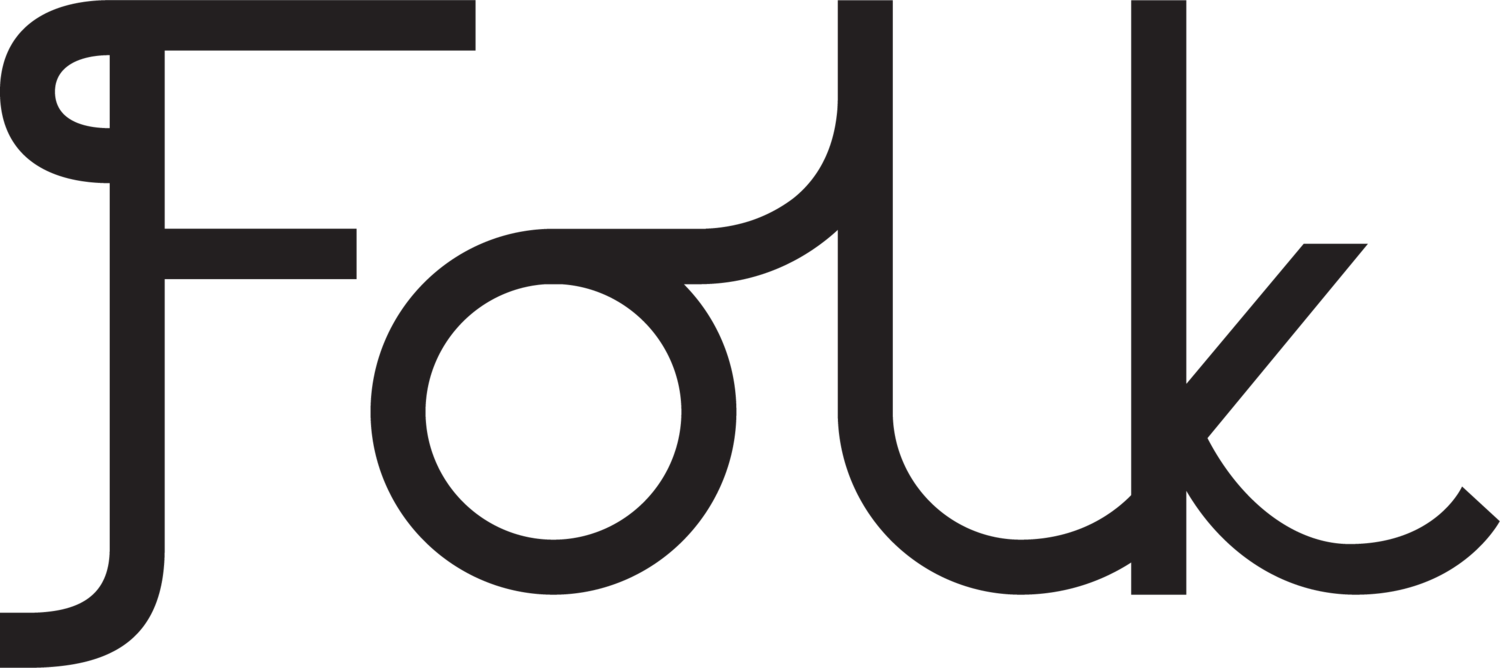Your copy might sound nice, and it might fit into the space it’s been assigned… but what does it do? It might engage, it might inspire... but the art of copy is more than just a flair for language, it’s a science, and ultimately, it’s about turning readers into buyers. I’d guess that there are some out there (including me) who have written copy in the past without a tangible call-to-action. Not for lack of trying - but because there's no system in place that consistently delivers results.
An insightful talk by Mind Valley’s CEO, Vishen Lakhiani, shed some light on crafting copy that works. And not only that, it’s a method that’s measurable too. Secret number one: it’s your headline that counts, not your body copy.
Why? People are hit with around 3,000 bits of salesy content a day. If your headline doesn’t stand out, there’s no way they’ll even think to read your hard-crafted article.
So let’s start fresh. A standard headline: Eat Fresh with Louis’ Ice Cream.
It might seem acceptable, but get this: according to Mind Valley you should spend at least 50% of your copy time on headlining.
That headline doesn’t seem like much work’s gone into it, right? And you’re probably thinking: how on earth can I spend 50% of my time on a headline? Well let’s take a look at the first stage. There are three primary steps to getting a headline to engage with the consumer brain:
Step One: News - if it’s not new it’s old, and if it’s old, no one cares “Eat Fresh with New Louis’ Ice Cream”
Step Two: Benefit - what will your product do for me? “New Louis’ Ice Cream will detoxify, and help to increase your metabolism with half the calories”
Step Three: Curiosity - why do I need to continue reading? “How New Louis’ Ice Cream will detoxify, and help to increase your metabolism with half the calories.”
If you’ve opted to use these three steps, your headlines are probably catching more attention already.
It’s worth mentioning at this stage that markets can be new or mature - and to stand out in either, your product needs to adjust accordingly.
In a mature market, i.e. a market that’s full of a particular kind of product, your product needs to come from a different angle.
Vishen used the example of razors: Gillette offerings are equipped with more blades, or moisturising action, or a trimming blade reverse or [insert new feature here]. They’re setting themselves apart from a market saturated with other razors.
And when adding new features becomes uninspired, and people grow bored, it’s time again for a new angle. Cue Dollar Shave Club: a subscription service offering razorblades for just $1 a month.
The short story: when a market becomes mature, it’s all about being different.
In a new market, it’s a bit easier. If you’ve invented something never-before-seen, it’s very existence is enough of a drawing point to make it stand out in the crowd.
If you’re captivated by this sort of thing, like me, you’ll probably want to delve deeper into the conversion machine. So here’s stage two - and three more things to add into your headline for even better conversion stats:
Step Four: Specificity - backing up your claim with numbers “Seven ways new Louis’ Ice Cream will detoxify, and help to increase your metabolism with half the calories”
Step Five: Ease and Speed - people are lazy “Seven ways new Louis’ Ice Cream will instantly detoxify, and help to increase your metabolism with half the calories”
Step Six: Education - people like to learn “Learn seven ways new Louis’ Ice Cream will instantly detoxify, and help to increase your metabolism with half the calories”
By following these simple steps, your headlines will perform like they’ve never performed before. That’s far too long; copy should be short I hear you cry. Tune in next week for an exploration of why long-copy is king, and the second lesson in the art of killer headlines.
Louis
